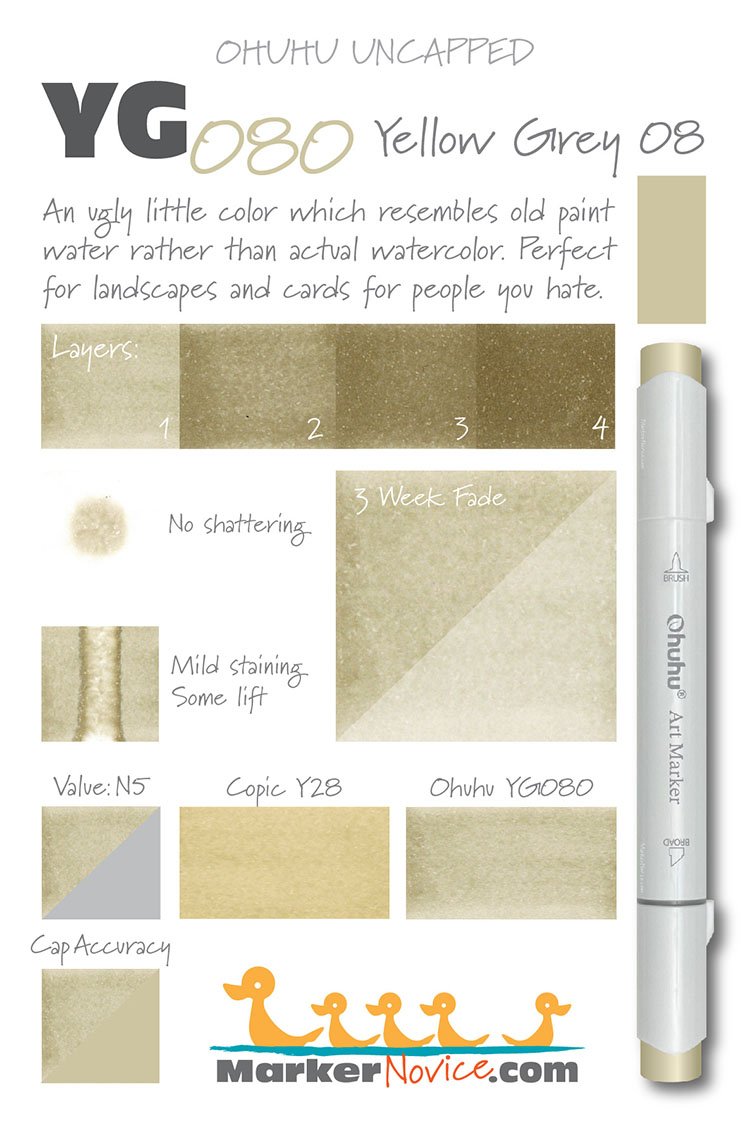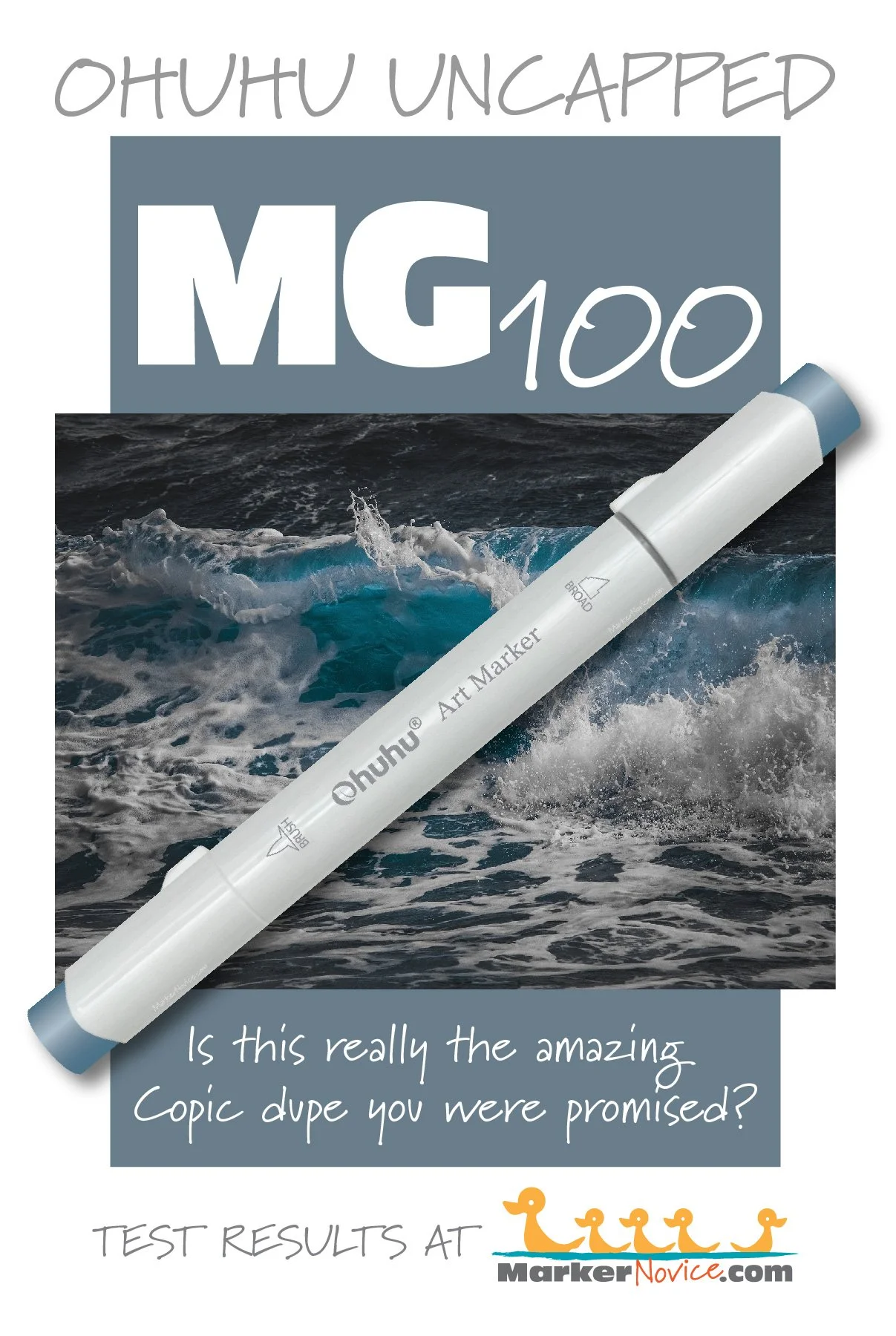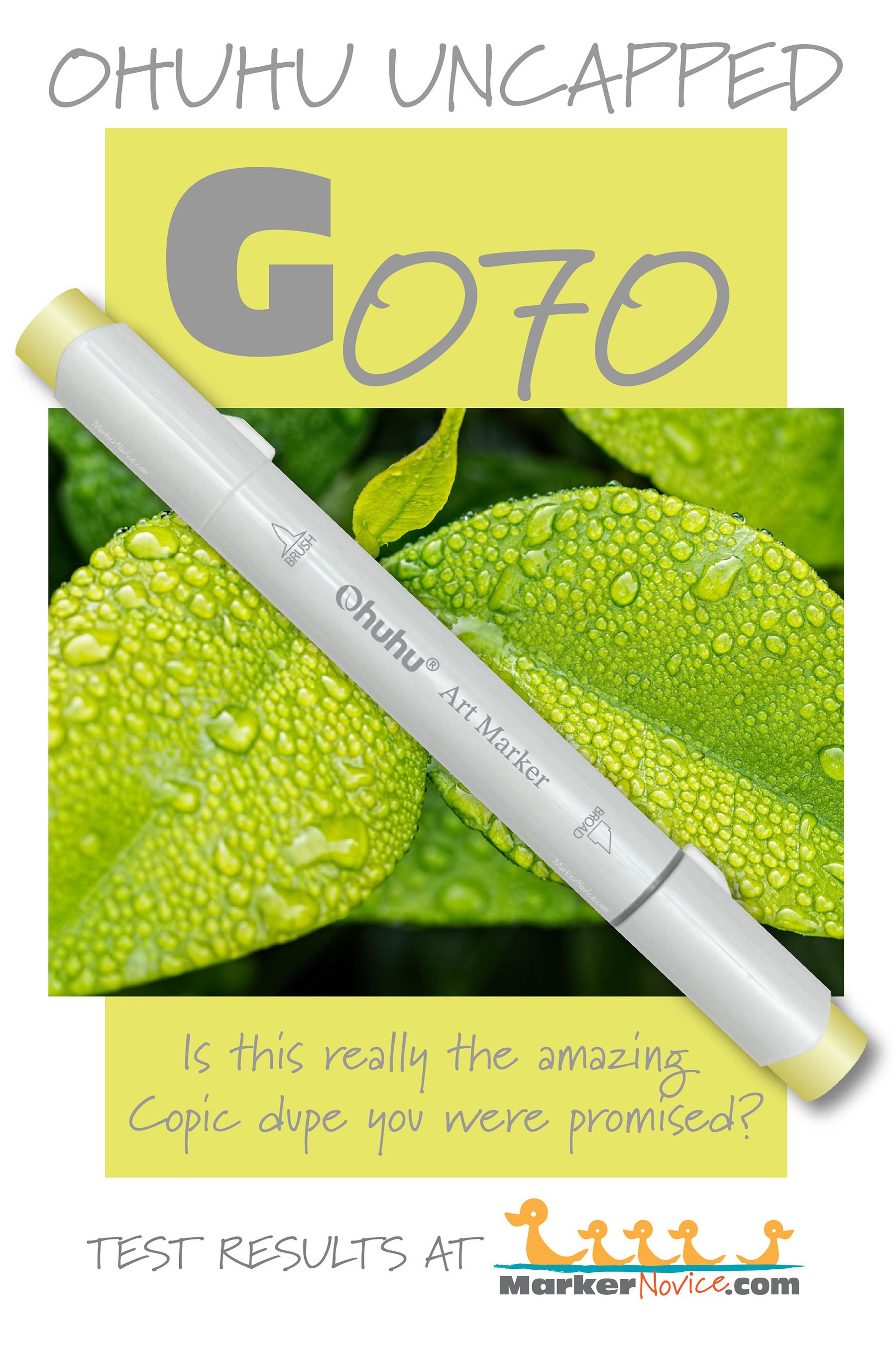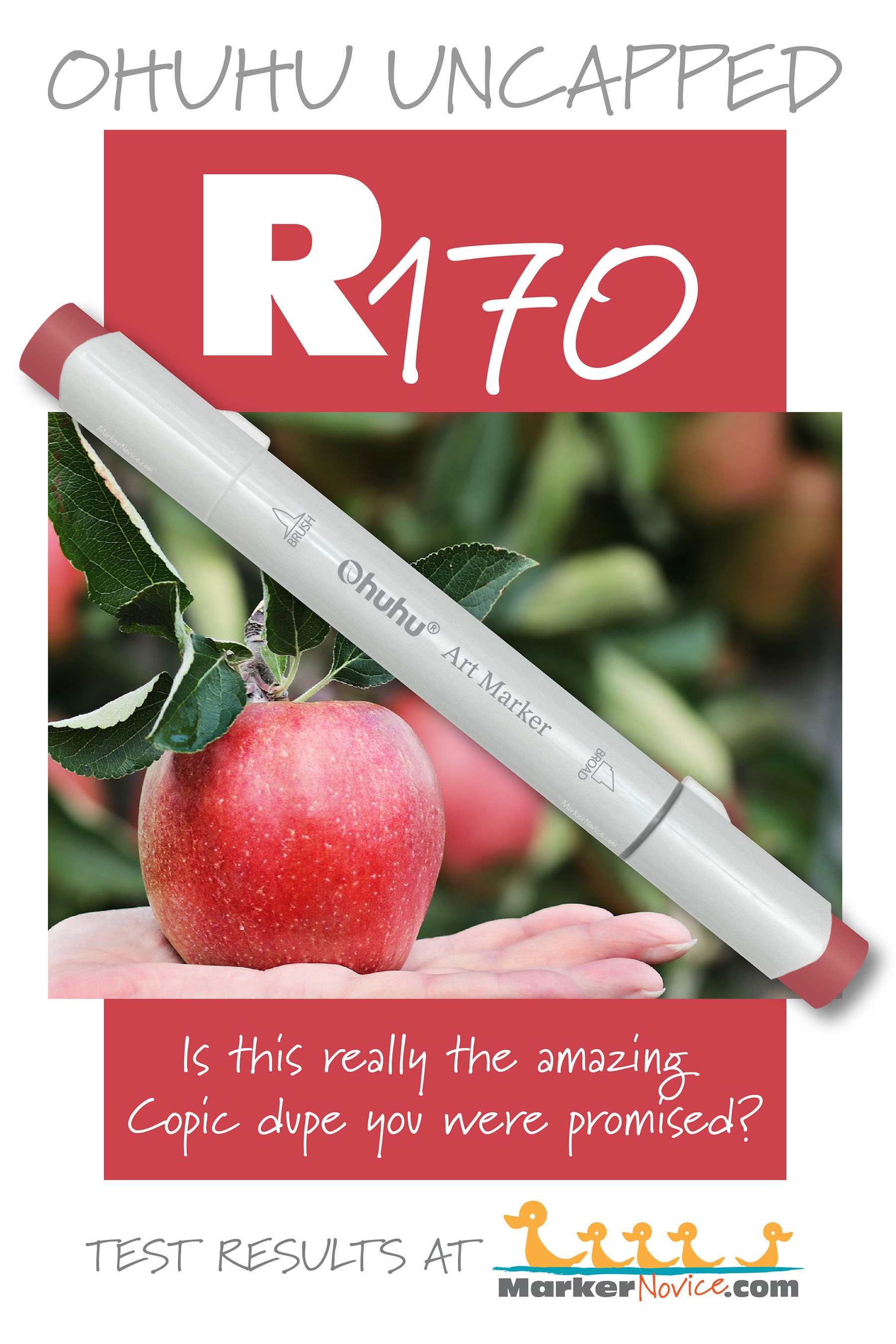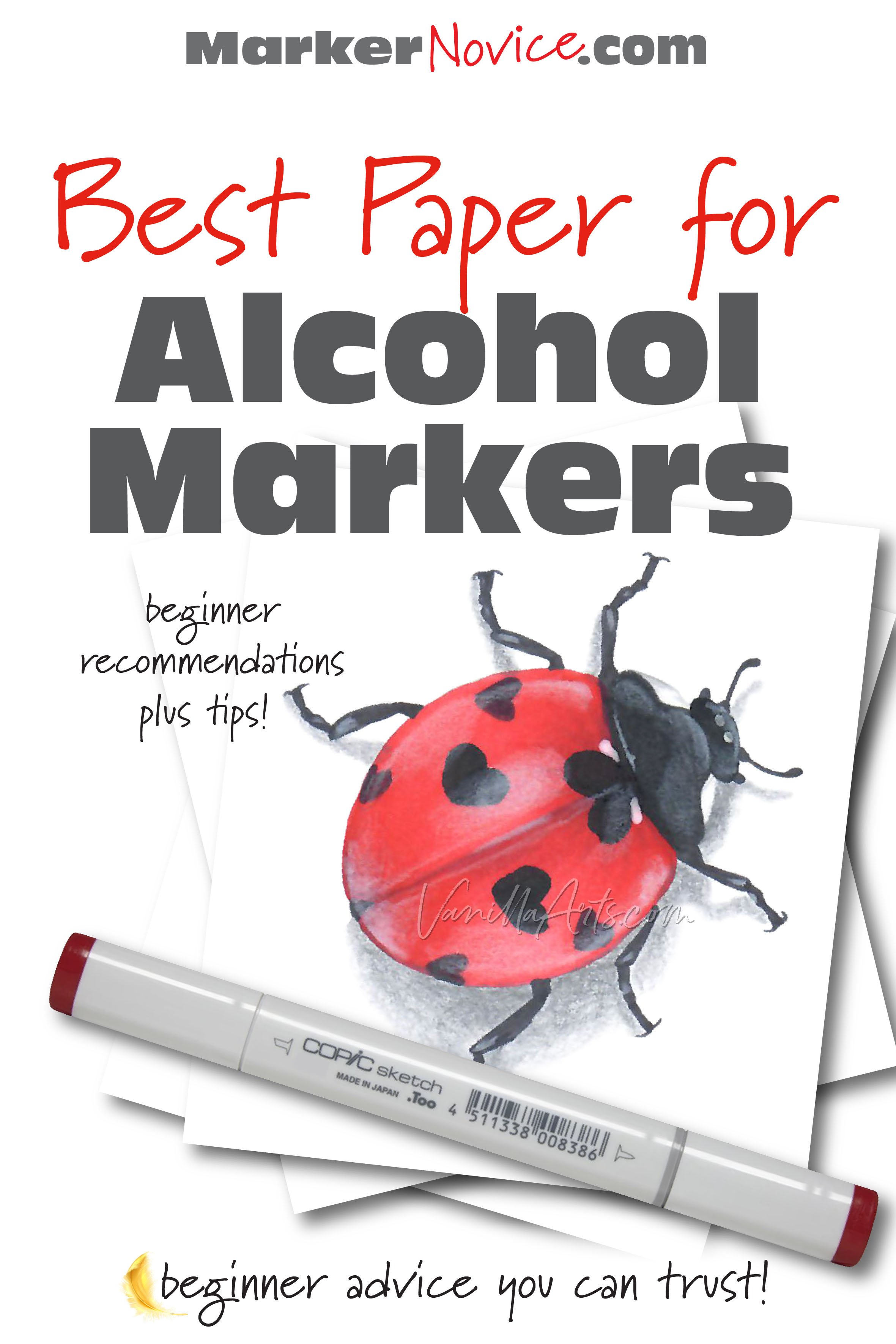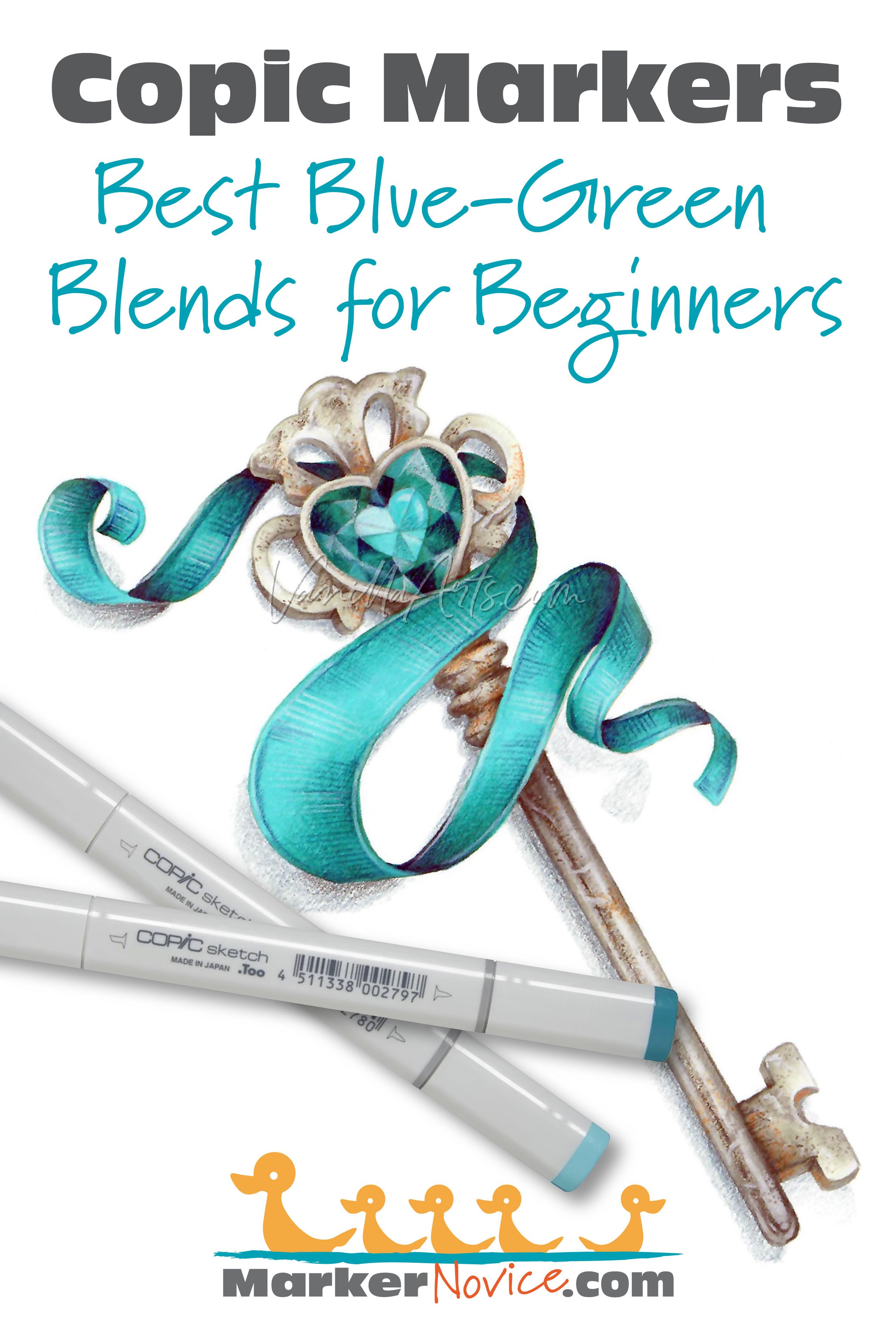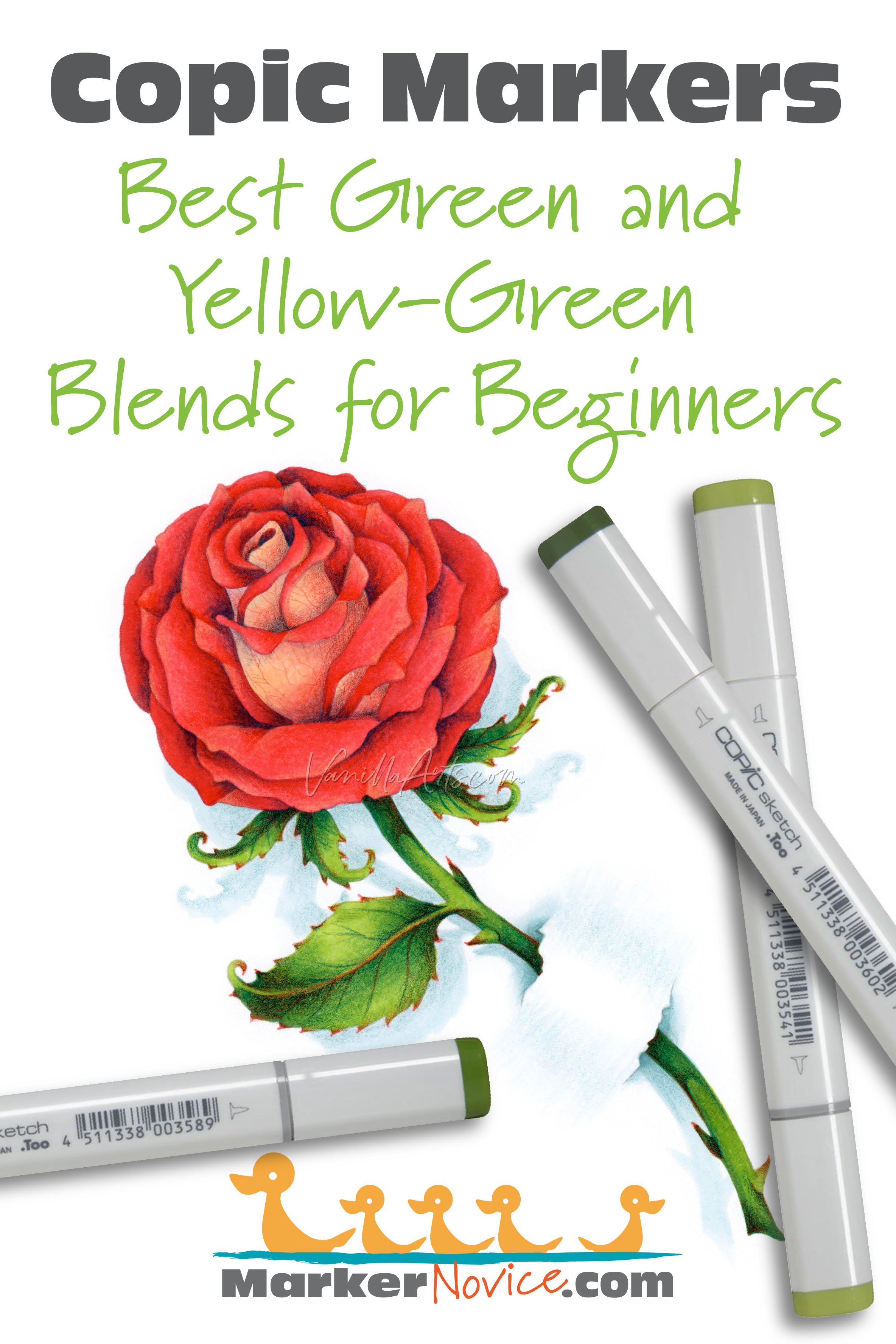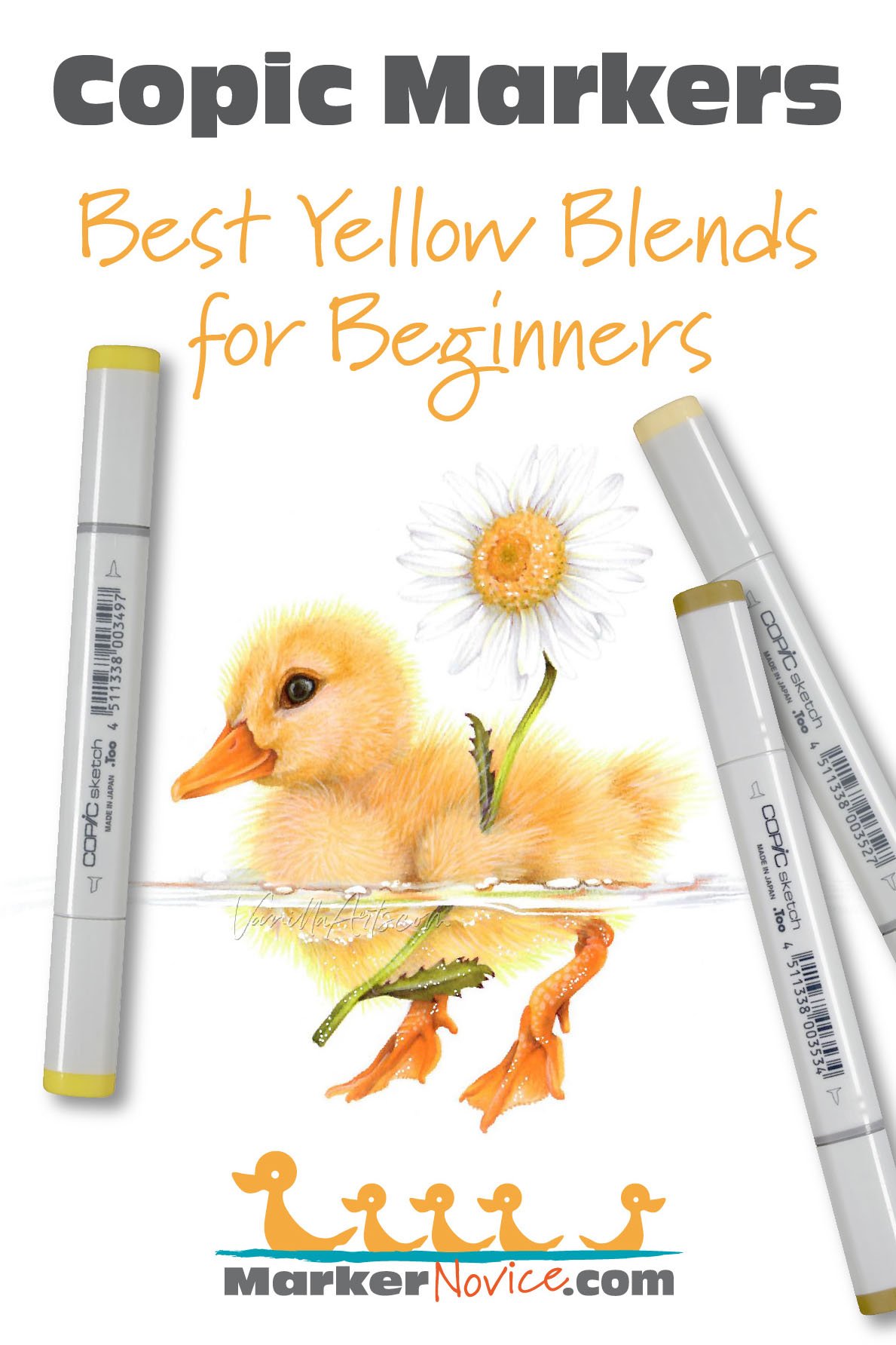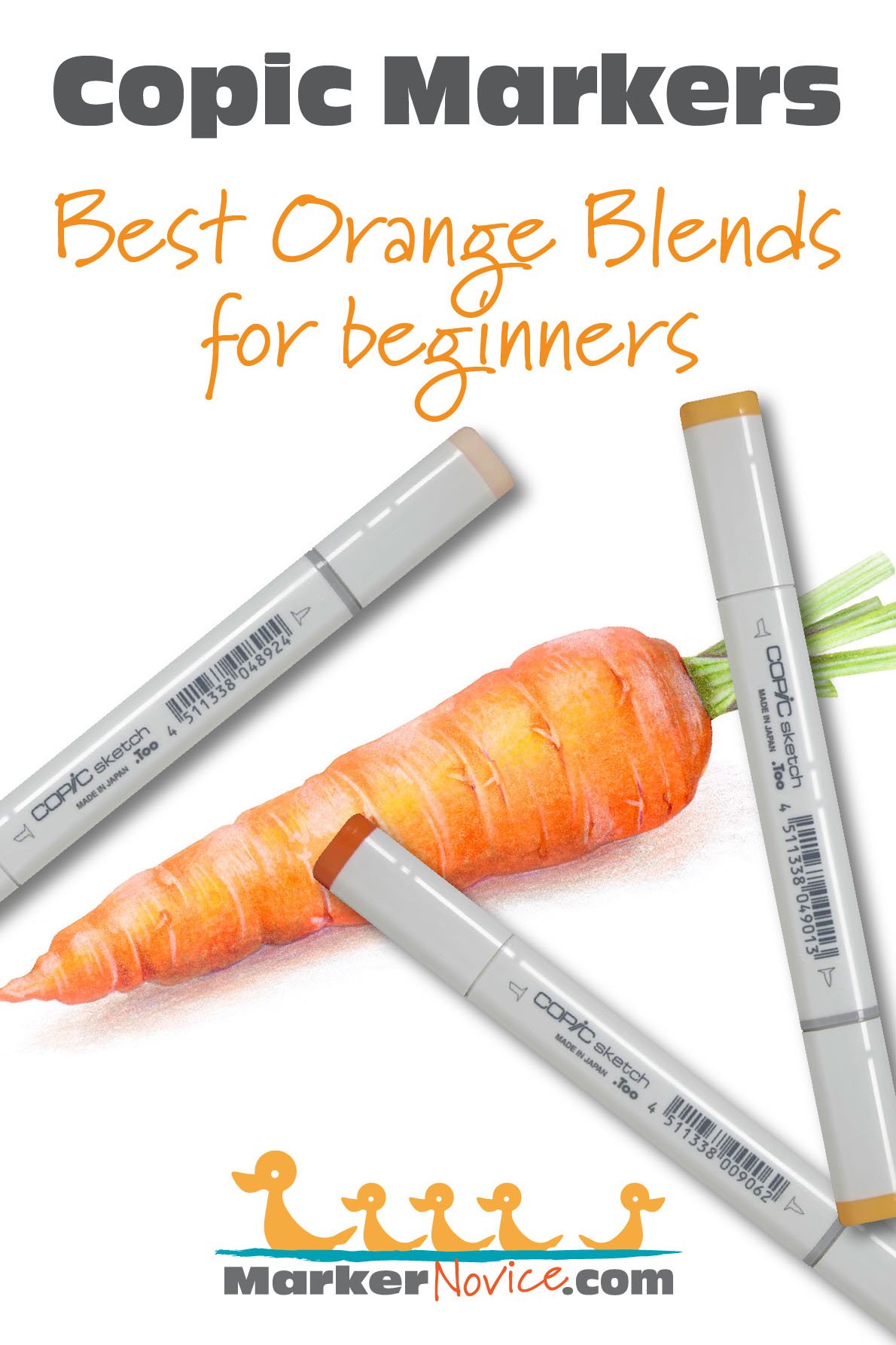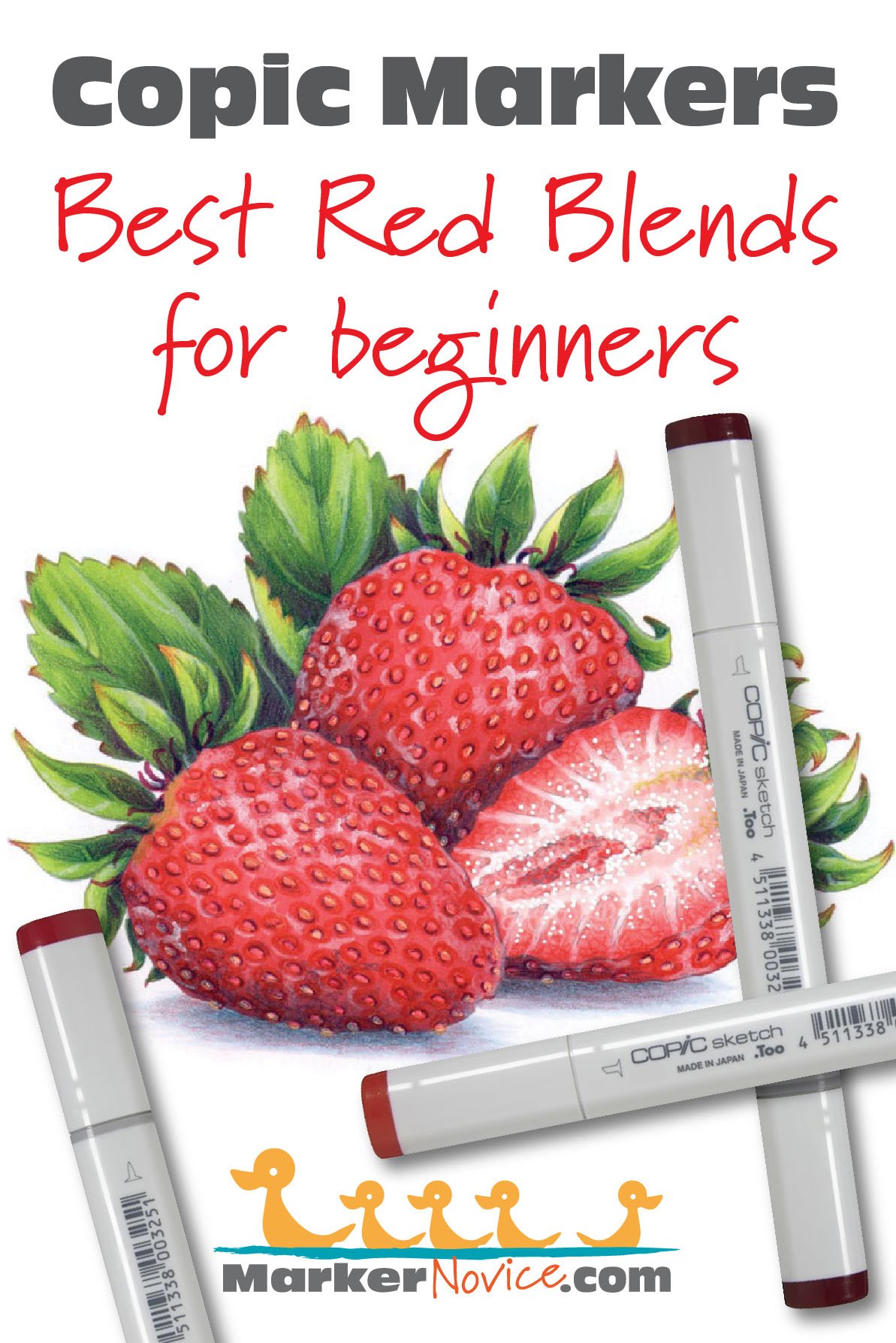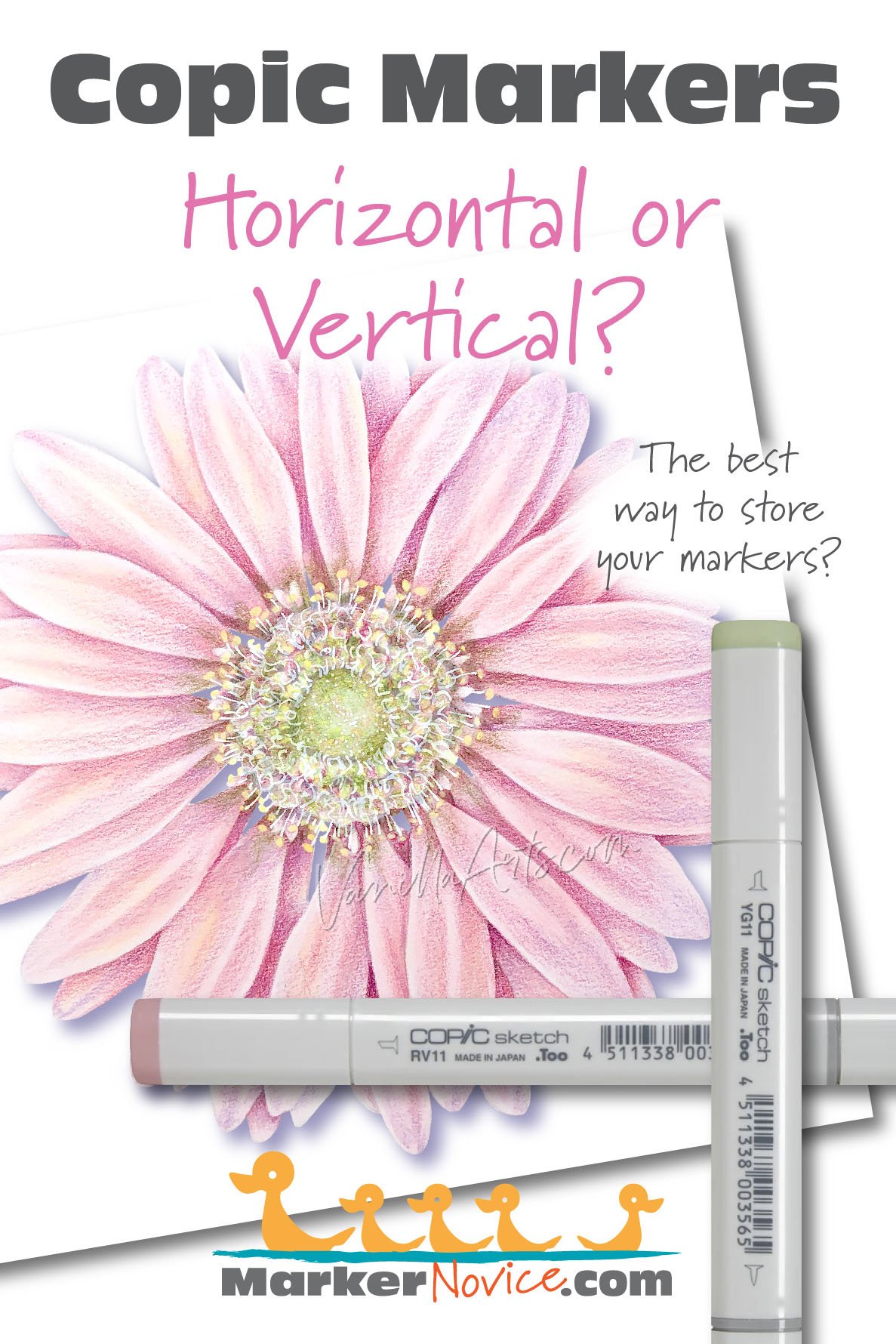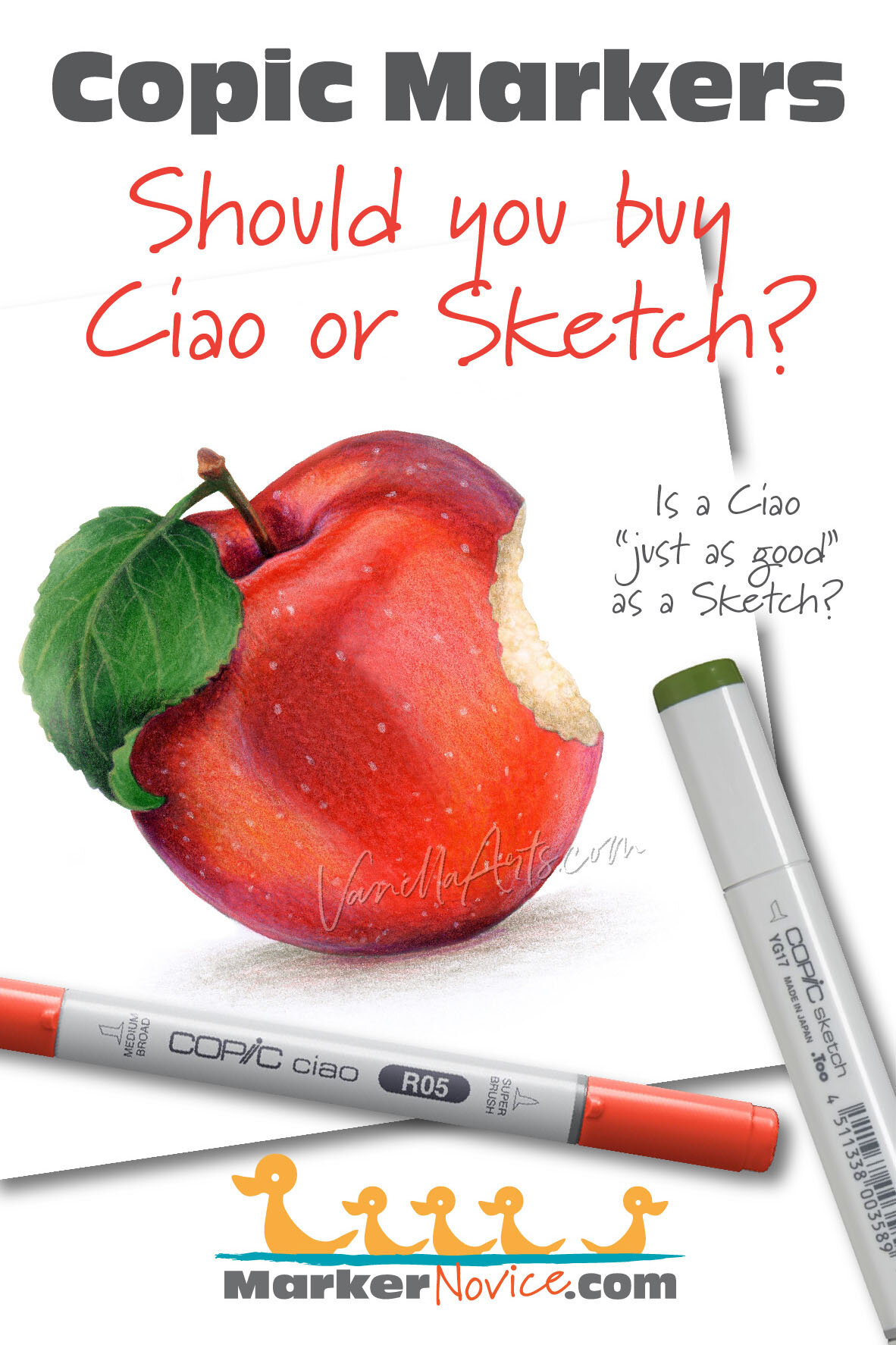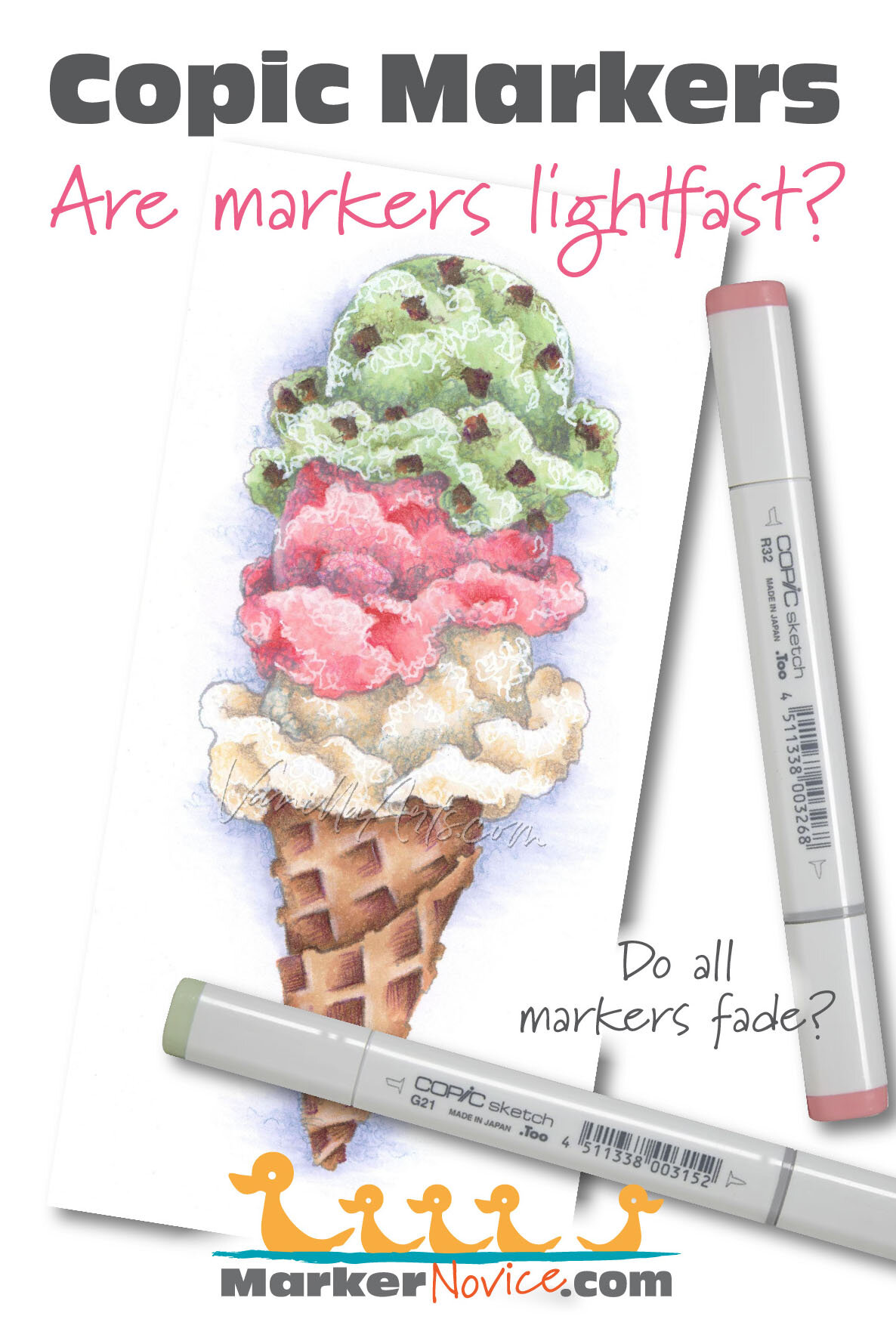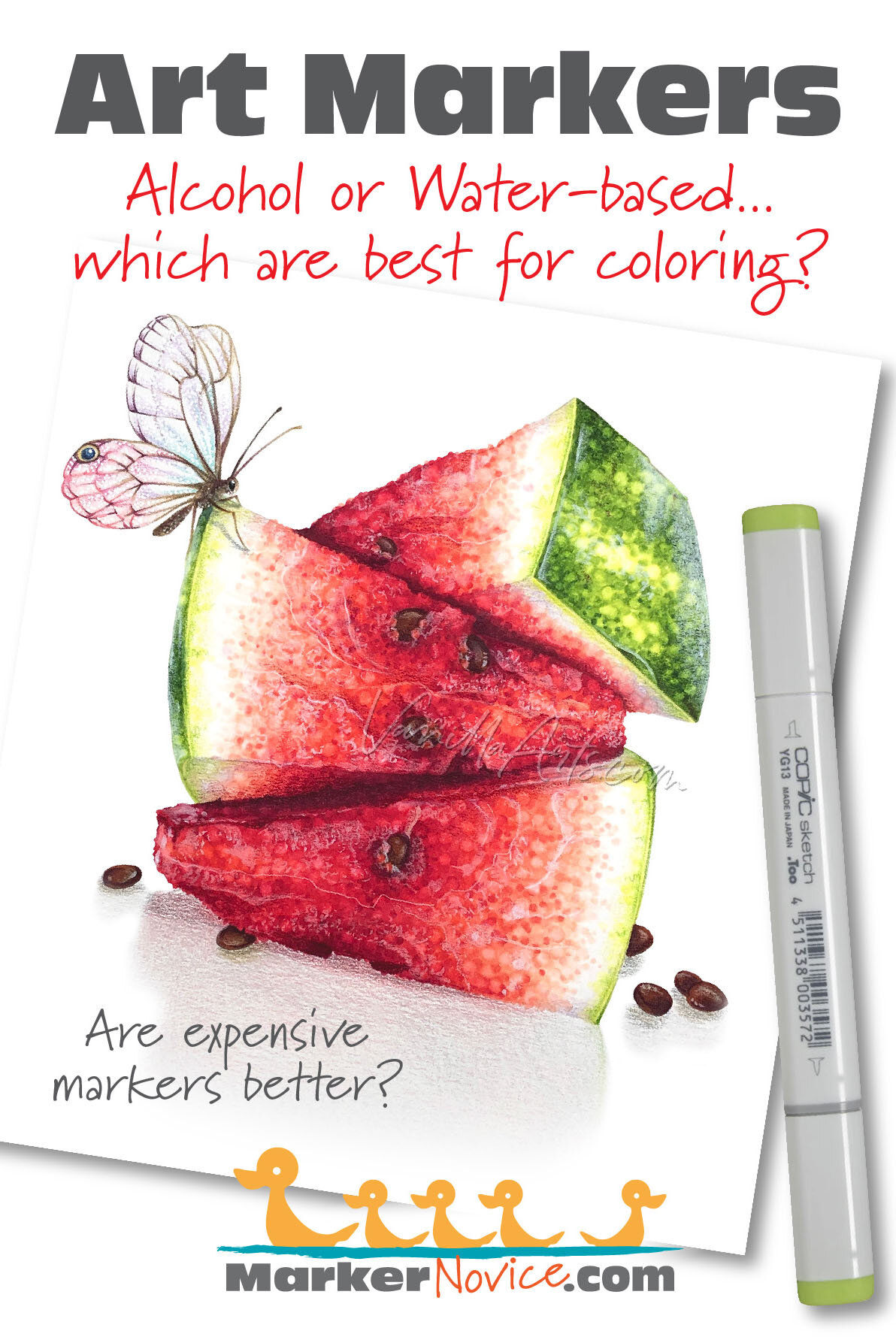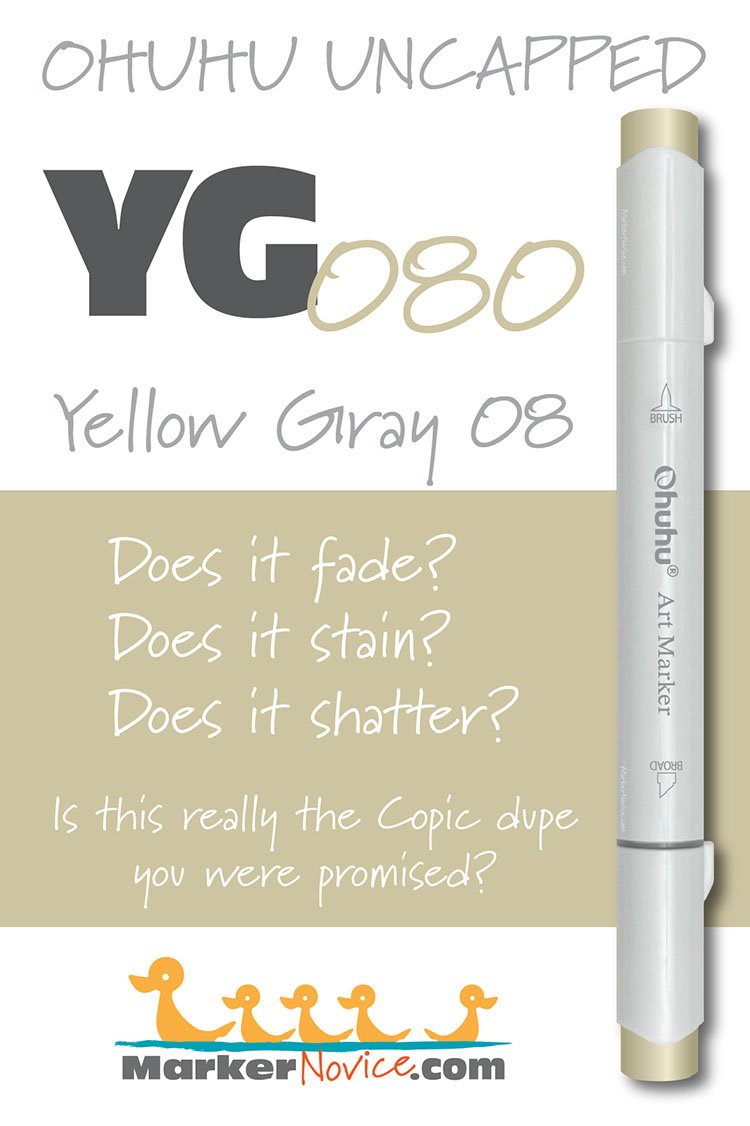You were told “Ohuhu is the Copic slayer! They’re like Copic Markers but better!”
Is it true?
Every Ohuhu Marker has different characteristics based upon its unique ink formula. No matter how great they say the marker is, test results do not lie.
So are Ohuhu markers as great as you’ve heard?
Let’s look at Ohuhu RG030 to find out.
WARNING: Ohuhu markers have numbers on the cap but not on the body of the marker. We do not recommend coloring with both caps off due to the risk of accidentally placing the wrong caps on a marker.
Test results: Ohuhu YG080 Yellow Grey 08
REFILL WARNING! At this time, Ohuhu does not sell refills for YG080. To date, you must purchase a new marker when your current marker runs dry. Ohuhu is deceptive when they advertise that their markers are refillable. In reality, they only offer 50 refills in a line of 320+ markers. See Ohuhu’s current list of refills here.
Temperature: This is a warm… something… Yellow? Gray? Green? Brown?You decide.
Resemblance: to be honest, this is the color of old paint water, not a color of paint you’d ever need to purchase.
Name: “Yellow Grey 08” is an incredibly frustrating name. See the “Ink Color Family” info below for more information.
Actual Value: N5
Unlike Copic, Ohuhu does not measure value— this is a glaring deficiency which makes finding blending combinations harder than it has to be!
All Copics are measured on a Neutral Gray value scale. The last number on the Copic cap indicates the value. We’re using the Copic scale to measure Ohuhu until Ohuhu releases a reliable value scale.
Cap Accuracy: The plastic on an Ohuhu Honolulu YG080 marker closely matches 1 coat of YG080 ink.
I’ve seen numerous Ohuhu review videos where they complain about massive Ohuhu cap color inaccuracies. I’ve also read this mentioned in blogs and websites. To be honest, I’m simply not finding Ohuhu to be any worse than other marker brands. Yes, some caps are wrong but I don’t think cap accuracy is their biggest problem.
Copic Substitution: The closest color to Ohuu YG080 is Copic’s Y28. Y28 is a bit more golden but the highly desaturated yellow vibe is similar in both colors.
Note: similar colors rarely behave the same way. From experience I can tell you that Copic Y28 is an extremely easy color to blend and layer. Meanwhile YG080 is a color I’d warn against due to the oily blotches it develops on the second layer. See “Overinking” results below for more info. See the test results for Copic Y28 here.
Buildup: YG080 reaches a maximum value at 4 coats.
Overinking: YG080 does not layer well. It develops oily blotches on the second layer which then turns to an overinked appearance at 3 layers. Exercise caution when using this marker in blending combinations— the act of blending may be enough to allow this marker to cast an oily sheen over the entire area.
Shattering: YG080 did not shatter and seems to be made from a single dye source.
Chromatography testing shows this ink’s behavior when it comes in contact with #0 Colorless Blender (solvent). High shattering colors may leak unexpected color when you make corrections or attempt to blend with any color that has a high solvent to colorant ratio. Shattering is not bad, it’s just something to be aware of.
Staining: YG080 mildly stains the paper.
With alcohol markers, a staining ink is generally a sign of a low quality ink. Staining inks bond to the paper fibers and are reluctant to release. Staining inks make blending harder than it has to be!
Lift: YG080 can be lifted somewhat but please look at the dark stripe on either side of the lifted area. This seems to be a common trait with Ohuhu markers, one that artist grade marker companies take care to avoid. What good is a marker if the colorant clumps this badly on contact with solvent? Would you want stripes like this appearing at the edges of your blends or even worse, after trying to make a correction?
See staining swatch. Sample was given 6 stripes of #0 Colorless Blender, drying between each stripe. Results indicate how much lifting you can expect.
Lightfast: YG080 faded about 40% during the test period. This is far more than the average Copic.
Samples were swatched on X-Press It Blending Card. 1 layer of ink was exposed to windowsill sunlight for 21 days. Approximately 10 hours of sun per day based on weather conditions. Note: we do not recommend displaying original marker art under these conditions.
Ink Color Family: In the real world YG universally stands for Yellow Green.
Not in Ohuhuland.
Ohuhu has chosen to confuse all of humanity by inventing a color they call “Yellow Grey” which is neither yellow nor gray.
Does Ohuhu make yellow green markers? Yes, they do. They make lots of yellow greens but because of this Yellow Grey stupidity, they were forced to call their yellow-green markers GY.
They did all of this for TWO markers.
Yes, that’s right folks— there are only two Yellow Gray markers.
And get this, one of the two Yellow Gray markers is actually a Neutral Gray.
Who invents a family for two unrelated markers and then gives them the name of an existing color family which happens to have the biggest color range and is the most popular selling family?
Ohuhu. It’s their way of flipping us the bird.
Cap Numbering: As mentioned above, there are only two piddly YG markers which can be divided evenly into your left hand and right hands for maximum portability.
YG080 is the color of vomit.
YG050 is a lovely Neutral Gray which has already filed for divorce.
I’m still early in the Ohuhu testing process. I will add more info to this article as I learn more and when I spot behavioral patterns.
From what I’ve learned so far, I will not be working with Ohuhu markers and I will discourage students from using them in my classes. They’re simply not worth the frustration.


